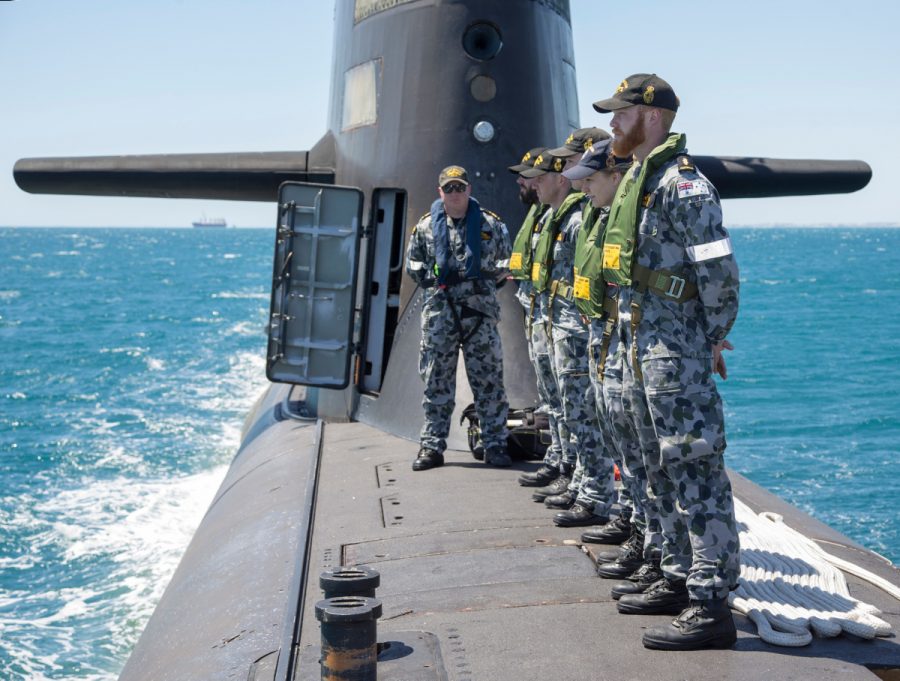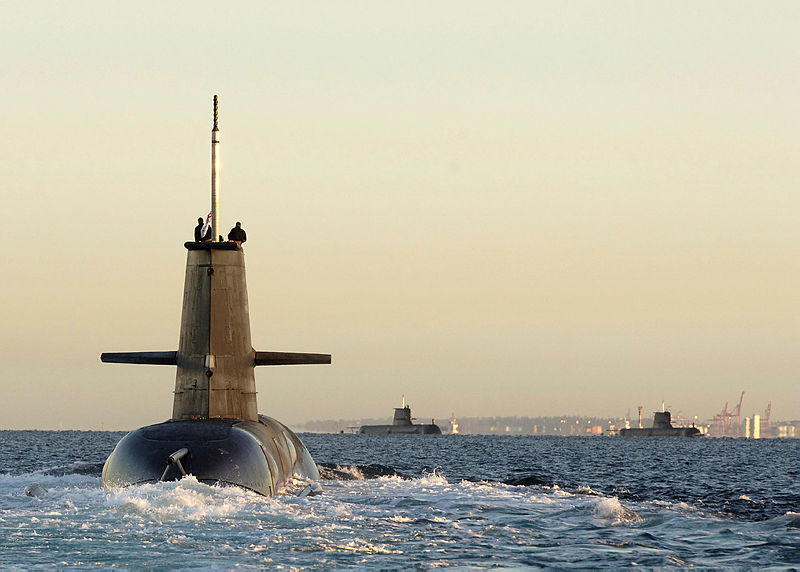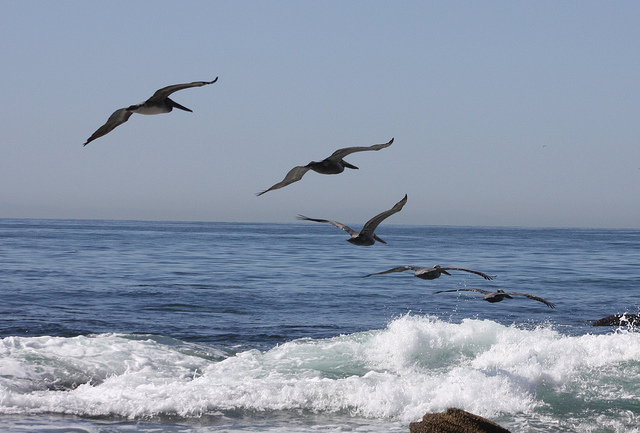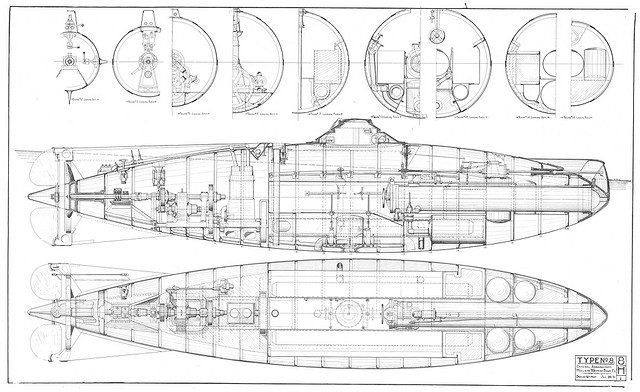Collins-class submarine upgrades should stay in Adelaide

It’s difficult to see a convincing case on ‘national interest’ grounds for moving full-cycle docking of the Collins-class submarines from ASC’s Osborne shipyard to Fremantle in Western Australia. Indeed, doing so may put the navy’s operational capability at risk.
First consider the program and capability risk involved in attempting to relocate such a significant industrial capability. ASC manufactured all six Collins submarines in Adelaide and has warned of the dangers of a move. Maintaining and extending the in-service life of the Collins fleet is now vital to the transition to the Attack class in the 2030s.
The intellectual property, the skilled workforce, the industry base, the infrastructure and the university and international partners for Collins full-cycle docking and the critical life-of-type extension (LOTE) are well established in Adelaide. It’s unlikely that the skilled workforce in Adelaide would willingly endure the personal and family costs of moving to the west. Lucrative jobs are becoming available at Osborne in the Attack-class submarine and Hunter-class frigate programs. Relocating infrastructure would be expensive and potentially pose a significant risk to the availability of submarines.
Next consider strategic geography. The government is yet to decide where in Australia the 12 Attack-class submarines will be based. For sound reasons, it’s anticipated that half will be in Western Australia and the other half in New South Wales. Adelaide is midway between the two fleet bases. Having half of the navy’s submariners located in Sydney strengthens the case for centrally positioned Adelaide and ameliorates to an extent some of the very important personnel arguments advanced by Rowan Moffitt in a recent Strategist post.
Claims from Western Australia and other quarters that the necessary skilled workforce, infrastructure and industry support to simultaneously build the Attack-class and Hunter-class vessels and sustain the Collins submarines is beyond the capability of South Australia first surfaced in 2014–15. The proposed move to WA is yet to be supported by a sound business case.
Delivering the required skills and infrastructure will be challenging for South Australia, but ASC, industry and the state government have clear plans to achieve this. The higher education and skills training capabilities in SA are well proven. The engineering and technical challenge of a Collins full-cycle docking and LOTE have much in common with a new build and require the capabilities that reside in Adelaide with the submarine builder. The requirements for skills, infrastructure and industry support for Collins full-cycle docking and LOTE and for the Attack class are complementary.
WA has industrial challenges of its own. The RAN fleet is home-based near Fremantle at HMAS Stirling, which is already committed to find workers and capacity for mid-cycle Collins sustainment, for maintenance of other ships in the fleet and for a vibrant small ships construction industry. On top of these demands, the state accounts for 46% of Australia’s exports, including 98% of our iron ore, 75% of our gold, 50% of our gas, 61% or our oil and 76% of our condensate. GDP in WA is already $82,000 per capita compared with $58,000 in the rest of the country. Skilled workers and industry in WA enjoy fortunate choices. How is it in the national interest to have Collins full-cycle dockings compete for the workforce and support facilities against these other conflicting demands for labour and resources in WA?
The WA government is keen to support naval shipbuilding, but during the mining boom defence industry leaders had to struggle to gain its attention. Mining booms will come again, and skilled people will be drawn away from defence work to high-paying jobs elsewhere as has occurred in the past. By contrast, SA gives defence 100% of its attention. The skilled workforce at ASC in SA has a proven ability to guarantee Collins submarine availability to the navy. With change comes additional risk.
On top of these considerations, Australia is facing dynamic strategic change in the Indo-Pacific. Defence is reassessing its capability requirements. As Hugh White and many other contributors to The Strategist have reminded us, the remote prospect of Australia needing to defend itself independently from a major aggressor is part of that conversation. Is it wise to locate all the Collins-class and the Attack-class submarines at one port in WA along with deep sustainment, full-cycle docking and LOTE, thus putting all our eggs in one basket?
SA was chosen as a major defence industry hub during World War II because it was secure from attack and offered proven industrial capability. If Collins submarines are to be on the hard stand, dissembled, out of the water and out of action for years at a time over coming decades, they should be in the most secure location.
When we undertook the nation-building Snowy Mountains hydroelectricity scheme, we created an authority with the power to get the job done. In a previous Strategist post, I suggested that we consider creating a national shipbuilding authority to report directly to the prime minister with an enterprise- and industry-focused executive board, a CEO and the authority to coordinate the national effort for both new construction and sustainment. Improving the machinery to deliver the national shipbuilding plan would better inform decision-makers on questions about how best to harness our people and resources to concurrently build and sustain operational capability.
The final decision on Collins full-cycle docking and LOTE will need to be supported by a convincing strategic argument and a sound business case and must be seen to be genuinely in the national interest. The credibility of the ministers who make the decisions and the advice they have received from Defence is about to be tested.








 Four years ago we produced a paper on the production timeline for the future submarine, and what that meant for the longevity of the Collins fleet. Our ‘
Four years ago we produced a paper on the production timeline for the future submarine, and what that meant for the longevity of the Collins fleet. Our ‘





